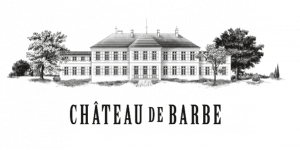
A Terroir Under Influence
For centuries, nestled on one of the valleys facing Margaux, Château de Barbe overlooks the right bank of the majestic Gironde estuary. In the tranquility of this landscape, influenced by a unique microclimate, nature and history seem to converse endlessly. This is evidenced by the estate's vineyard slopes stretching down to the river, halfway between the medieval remains of the upper town of Bourg to the south, and the Estuary Lock to the north: this grand defensive triptych, conceived by Vauban, unites the Citadel of Blaye, Fort Pâté, and Fort Médoc…
A Secular Heritage
Facing the Garonne and Dordogne, the Château de Barbe vineyard has its roots in the Middle Ages: its presence is indeed attested as early as the 14th century by the archives of the Duvergier family.
One of its ancestors, Father François Duvergier, had the chapel of Barbe built on the edge of the Gironde in 1706, to devote himself to prayer.
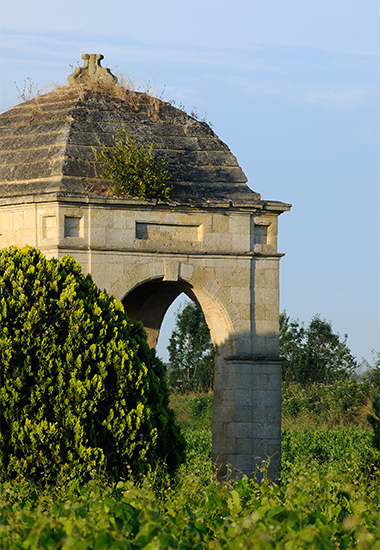
At the end of the 18th century, the marquis de Barbe, Louis-François-Ignace, was the last of his line to enjoy the estate and this oratory, from where he could monitor the loading of wine barrels onto ships bound for the Americas and the countries of the North.
After the marqui’s death, his widow sold the château in 1774 to Guy Ménoire de Beaujau. This prosperous Bordeaux merchant and parliamentarian then had great plans for the estate…
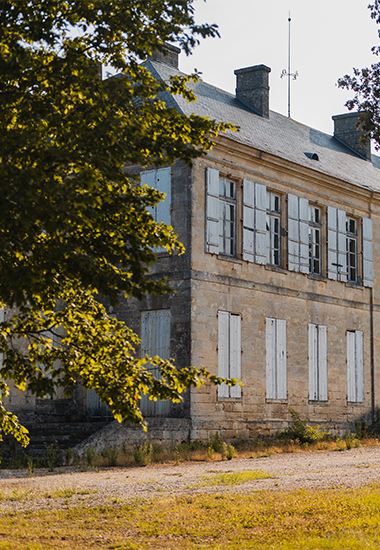
The Beginning of a New Era
The new owner introduced major changes to Château de Barbe, giving it a new lease on life. He entrusted the reconstruction to the architect Guillemain, a disciple of the renowned Victor Louis, who notably built the Grand Théâtre de Bordeaux.
In the face of the tumultuous episodes of history that followed, the sublime neoclassical silhouette of the château would withstand. The one that reveals itself to visitors today likely closely resembles what Guy Ménoire de Beaujau himself admired in the 18th century…
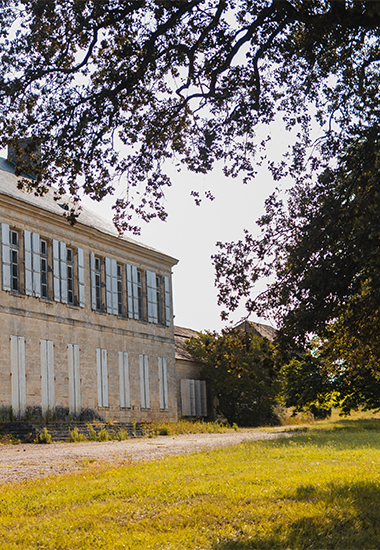
A Family Spirit
Following the purchase by Guy Ménoire de Beaujau, Château de Barbe has been passed down from generation to generation for over two centuries, through several marriages. After the marriage of Count Savary de Beauregard to the heiress of the estate, Isabelle de Brivazac (daughter of Baron Léon de Brivazac and Alice de Lur-Saluces), the Savary de Beauregard family took over the reins of the château.
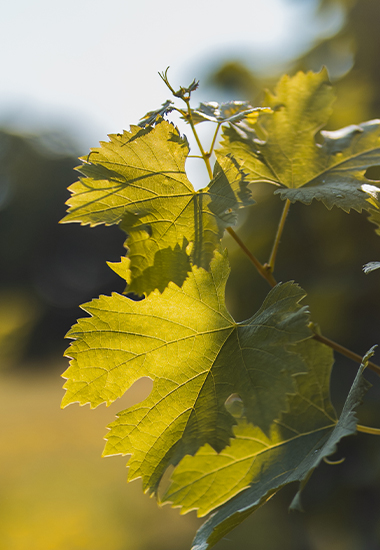
They remained at the helm until the acquisition in 1993 by the Richards, already owners in Côtes de Bourg. For over thirty years, it has been the turn of this new passionate family to perpetuate the wine-growing tradition of the estate…

